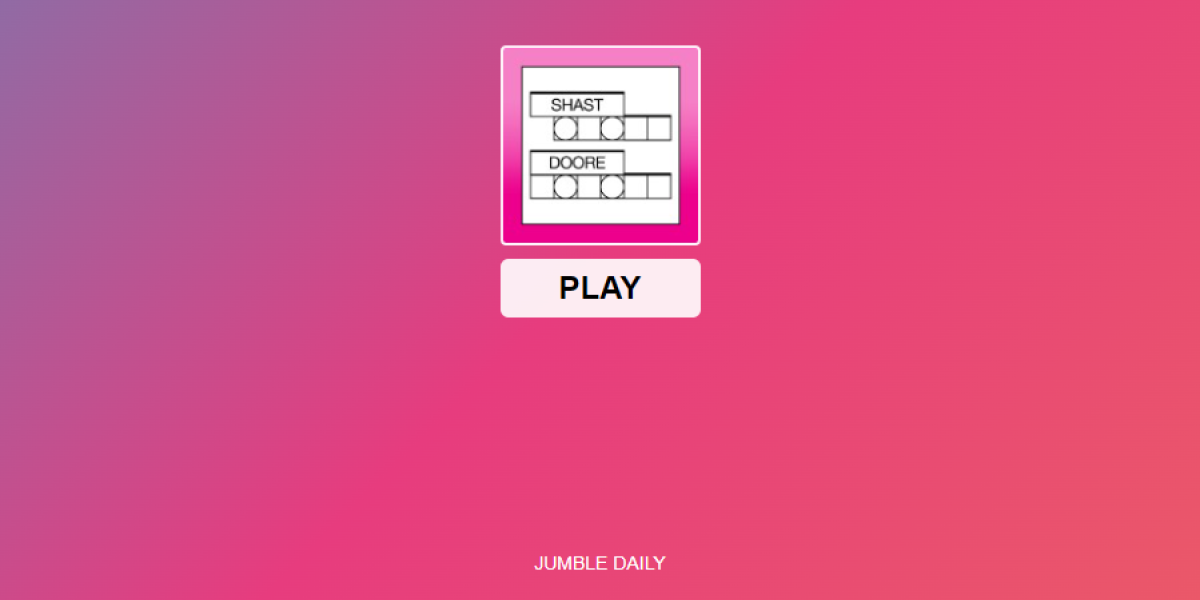Blizzard Entertainment held a stress test on Thursday on the World of Warcraft Classic PTR to see how much volume the game’s servers could handle during the Ahn’Qiraj gate opening event that is set to come within a couple of months with the beginning of Phase 5.
Following the event in Silithus this week, Blizzard made a blue post calling the test a success. Yesterday, the team went into further detail to explain exactly what they learned.
While the event was laden with lag and disconnection for many players, Blizzard’s community manager reassured everyone that overwhelming the servers to find problems was the goal for the event—players were supposed to try to break the server.
Lag surrounding the AQ gate opening isn’t a foreign concept to veteran WoW players. When the event originally happened in 2006 during vanilla, there was a significant amount of lag and server crashes that hurt the game experience as well.
The major themes the team touched upon were that of population density, optimizing coding, and moving players.
With Silithus being the primary region where the event happens, the population density in the area can be overwhelming for a server. To combat that, Blizzard intends to make some slight alteration to the way that code messages are sent between characters and the environment to prevent the server from being overloaded.
In addition, Blizzard said that, with it being nearly impossible for everyone that has a character on a server to be in Silithus at one time, there will be a system in place to move characters out of the zone to prevent too much lag.
This is something that Blizzard had to do in 2006 as well, but back then game masters had to manual move players. Now they have the ability to do that with an automatic system.
“Silithus will definitely be laggy, but we’d rather teleport players out than have it crash,” the post said. “This event spans a lot of southern Kalimdor, so being unable to get into Silithus doesn’t actually mean you missed the event. There are Anubisath and Silithid to kill in Tanaris, Thousand Needles, Ferelas, and The Barrens for the entire 10 hours following the ringing of the gong.”
Meanwhile, the test itself on Thursday helped Blizzard find at least a few coding issues that were fixable, something that will make all of our gaming lives better when the event happens for real.
During the test on Thursday, many players were plagued with difficulty as they tried to enter Silithus. Taking a flight path to the zone, characters were bugged out as they landed and unable to leave the flight point or do anything in the zone.
“I especially want to thank all of the players who were stuck at the end of flight paths, because we found and fixed the issue with that,” the post stated. “As with many issues, once we found the root cause it was easy to fix and turned out to be contributing to other problems, too. So to all of you who saw a geometry salad at the end of your flight: thank you; you made this better for everybody.”







Published: Jun 20, 2020 08:20 pm